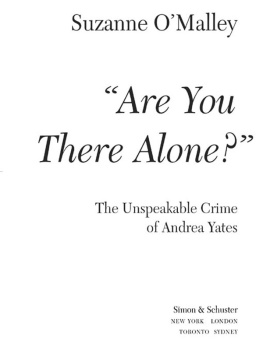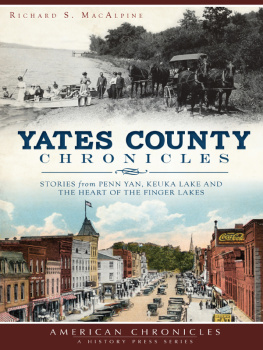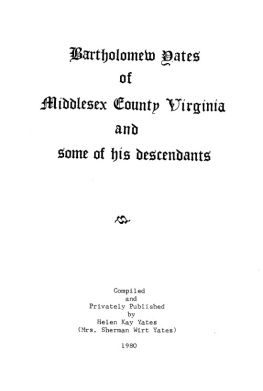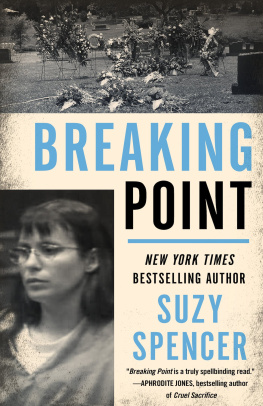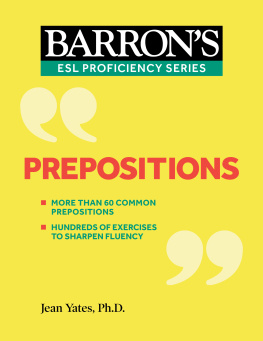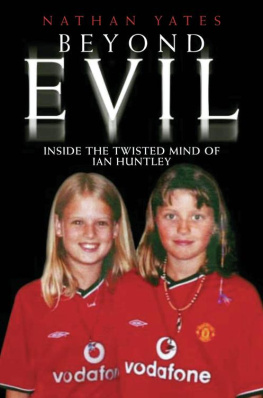in whole or in part in any form.
S IMON & S CHUSTER and colophon are registered trademarks of Simon & Schuster, Inc.
Designed by C. Linda Dingler
Library of Congress Cataloging-in-Publication Data OMalley, Suzanne, date.
Are you there alone?: the unspeakable crime of Andrea Yates / Suzanne OMalley.
p. cm.
Includes index.
1. Yates, Andrea. 2. InfanticideTexasHouston. 3. FilicideTexasHouston. 4. Women murderersTexasHouston. 5. Trials (Murder)TexasHarris County. 6. Postpartum psychiatric disordersTexasHouston. I. Title. HV6541.U62H68 2004
Its love not ignorance leads me astray.
Fulfil your promise.
Foreword
A S AN INVESTIGATIVE REPORTER, I began covering the murders of Noah, John, Paul, Luke, and Mary Yates hours after their mother, Andrea Yates, then 36, drowned them in their suburban Houston, Texas, home on June 20, 2001.
A transplant to New York City, I was visiting my hometown, Richardson, Texas, in suburban Dallas when regional news of the drownings broke live from the crime scene. Each of the people and places in those early broadcasts became intimately known to me as I pursued the story first for O, the Oprah Magazine, and later for the New York Times Magazine, Salon.com, and the television newsmagazine Dateline NBC (for whom I broke the story of an itinerant preacher who had influenced Andrea Yates).
On March 12, 2002, Andrea Yates was found guilty of the murders of three of her five children. Harris County reserves the right to prosecute the murders of Paul and Luke at another time.
One day after the guilty verdict, my reporting regarding the mistaken testimony of a key prosecution witness, Dr. Park Dietz, contributed to a motion for mistrial and grounds for an appeal of Andrea Yatess conviction. Dietzs testimony fueled the argument that Yates planned the murders based on an alleged episode of an NBC television series, in which a mother kills her children and uses a postpartum defense to set herself free. Dietz, a consultant to Law & Order, testified that the episode had aired shortly before the murders. I had worked as a script writer for Law & Order on several occasions and did not recall that episode. Overnight, I confirmed that no such episode had ever been written or produced. The next day, network attorneys began discussions with the defense and prosecution. Dietz recanted that portion of his testimony, but the jury had already reached its guilty verdict. The judge did instruct jurors to consider the impact of the mistestimony in determining whether to choose death or life in prison as Yatess punishment. The New York Post reported on March 22, 2002, that I saved Yates from the death penalty.
Andrea Yates is currently serving life in the Skyview Unit of Rusk Penitentiary in Rusk, Texas. She will not be eligible for parole until the year 2041 when she will be nearly 77.
More than a year after the childrens murders, I knew that the real story of Andrea Yates had not been adequately told. I also understood that correlation and analysis of interviews, information, and the public record would take at least a year and could only be adequately reported in book form. Much of what I have written has not been previously reported.
I divided my research into twenty areas of investigation:
Andrea Pia Kennedy Yates
The Yates family
The Kennedy family
Andrea Yatess attorneys
Office of Harris County District Attorney
Harris County Police Department
Staff of Harris County Jail
Office of Judge Belinda Hill
Mental Health and Mental Retardation Administration of Texas
Andrea Yatess psychiatrists
Religious influences on Andrea Yates
Medical staff of Ben Taub Hospital
Medical staff of Memorial Spring Shadows Glen Hospital
Medical staff of Devereux Texas Treatment Network, League City
Expert witnesses
Independent experts
Jurors
Friends and colleagues of Andrea Yates
Others who talked with or visited Andrea Yates
The public record: sworn testimony; trial transcripts; books; newspaper, magazine, and television stories; public statements; video-and audiotapes; public documents
From these sources, I constructed a list of more than one hundred people whose sworn testimony I had witnessed or whom I had interviewed at the time of the Yates trial or whom I had yet to interview. Over twenty-four months, I interviewed many of them. Are You There Alone? is based largely on these interviews; my notes and observations of more than five weeks of trial testimony and court proceedings; portions of transcribed trial testimony; nearly 2,000 pages of Andrea Yatess medical records; autopsy reports; and Texas Department of Health records. I attempted wherever possible to verify one persons recollection of an event with anothers, and where recollections diverged I chose what I believed to be the most reliable account. I have not changed any names or identities of characters. As is customary, my sources understood from the beginning that they did not have the right to read or revise the manuscript before publication.
Some sources spent dozens of hours with me and offered information freely; others spent less than an hour. I interviewed Andrea Yatess husband, Rusty Yates, more than thirty times. My correspondence with Andrea Yates began in 2002 and continues today, totaling more than 30,000 words. Her frame of mind and whereabouts at certain times were confirmed by correlating many types of police, jail, and hospital records, including admission and discharge reports, health assessments, consultations, patient progress notes, physicians orders, nursing reports, medication dispensation records, nutritional intake reports, and special intervention and precautions charts.
I interviewed Michael Woroniecki and his family in person on two occasions and have corresponded with him and his family for more than a year. His correspondence with me exceeds the length of this book. Some sources provided me with diaries, time lines, medical records, letters, notes, and calendars. Others gave information in response to facts or information obtained elsewhere. And there is original material gleaned from living in Houston, Texas, for two years as well as from trips to Michigan, New Orleans, and Galveston.
All of my notes were written by hand or on computer and/or transcribed from tape and indexed under the appropriate area of investigation. Subject areas were further divided chronologically into each of the days and years leading up to the deaths of the Yates children.
The feelings and thoughts of people described in the narrative are based on what they told me they felt and thought, or what they described as their thoughts and feelings in trial testimony. The trial testimony quoted is true to the substance of the official trial transcript and in some cases has been edited to assist in the narrative flow. In several instances I relied on my trial testimony notes alone, including instances of obvious trial transcription errors. I relied chiefly on two versions of the Bible, New American Bible (a Catholic Bible consistent with the early Catholicism of Andrea Yates and Michael Woroniecki) and New American Standard Bible (the Bible Michael Woroniecki prefers now).

